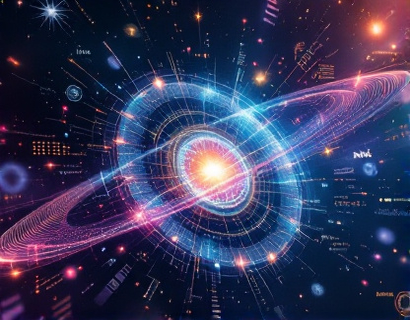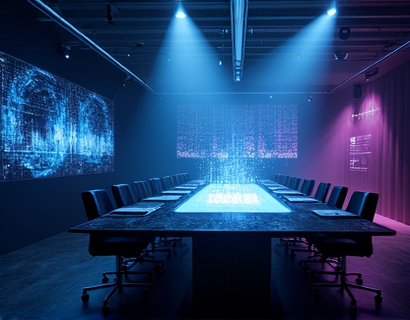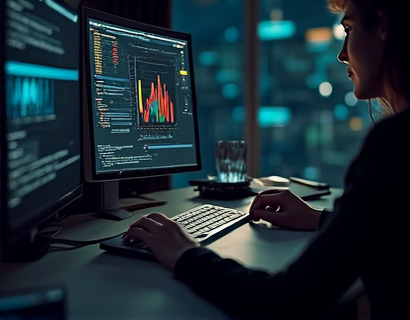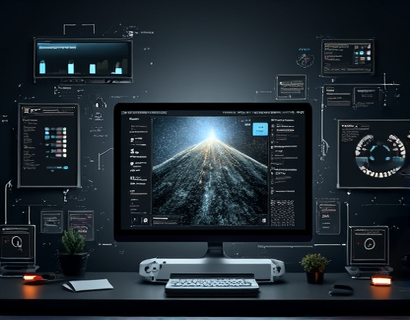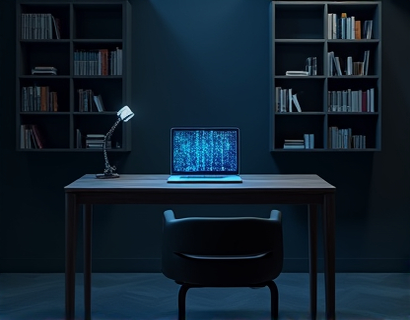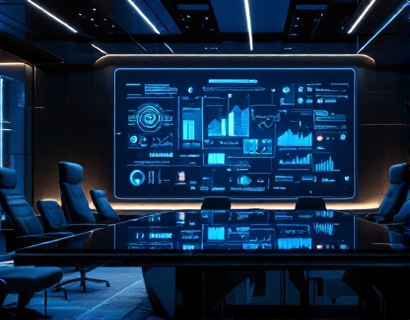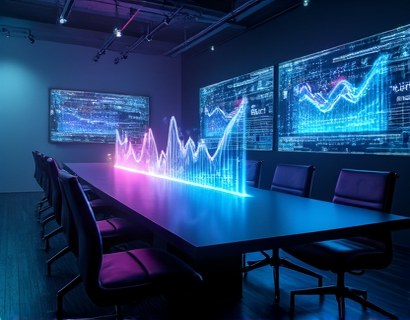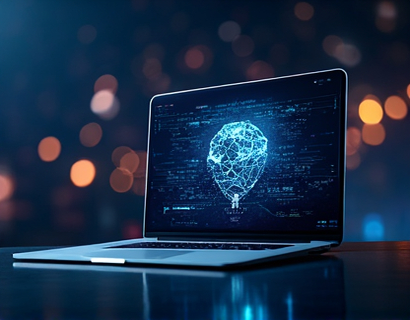Unlocking the World of Unique Digital Assets: A Premier Guide for Enthusiasts and Collectors
In the rapidly evolving landscape of digital ownership, unique digital assets, or U assets, have emerged as a fascinating and valuable domain. This premier guide aims to unlock the full spectrum of digital assets, offering a comprehensive resource for collectors and enthusiasts to explore, connect, and engage with a diverse array of unique and valuable resources. Whether you are a seasoned collector or a curious enthusiast, this guide will provide you with the knowledge and insights needed to navigate the intricate world of digital assets.
Understanding Digital Assets
Digital assets encompass a wide range of items that exist in digital form and hold value. These can include digital art, collectibles, in-game items, virtual real estate, and more. Unlike traditional assets, digital assets are not bound by physical limitations and can be easily replicated and distributed. However, what makes them unique and valuable is the concept of scarcity, provenance, and utility. Scarcity refers to the limited availability of a particular asset, while provenance ensures the authenticity and ownership history. Utility, on the other hand, relates to the functionality and usefulness of the asset within its respective ecosystem.
The Diversity of Digital Assets
The world of digital assets is incredibly diverse, catering to various interests and needs. Here are some of the key categories:
- Digital Art: Unique pieces created using digital tools and platforms, often leveraging blockchain technology to ensure authenticity and ownership. Artists can sell their digital creations directly to collectors, bypassing traditional galleries and intermediaries.
- Collectibles: These can range from digital trading cards to rare in-game items. Collectibles often have a community around them, with enthusiasts trading and collecting based on rarity, condition, and historical significance.
- In-Game Items: Items acquired within video games, such as rare weapons, skins, or virtual real estate, can hold significant value, especially if they are scarce or have a strong community demand.
- Virtual Real Estate: Ownership of digital land or properties in virtual worlds or blockchain-based platforms. These can be used for various purposes, from personal use to commercial ventures like hosting websites or virtual events.
- NFTs (Non-Fungible Tokens): A specific type of digital asset that represents ownership of a unique item or piece of content. NFTs are often used for digital art, collectibles, and other one-of-a-kind digital items.
Each category has its own set of rules, markets, and communities, making the world of digital assets rich and multifaceted.
The Role of Blockchain Technology
Blockchain technology plays a crucial role in the digital asset ecosystem. It provides a decentralized, transparent, and secure way to record transactions and ownership. Each digital asset is represented as a unique token on the blockchain, ensuring its authenticity and provenance. This technology eliminates the need for intermediaries, reducing costs and increasing accessibility for collectors and enthusiasts.
Smart contracts, self-executing contracts with the terms directly written into code, further enhance the functionality of digital assets. They can automate processes such as ownership transfer, royalties, and access control, making transactions smoother and more reliable.
Marketplaces and Platforms
Numerous marketplaces and platforms have emerged to facilitate the buying, selling, and trading of digital assets. These platforms serve as the primary interfaces for collectors and enthusiasts to discover, purchase, and manage their digital collections.
Some of the prominent platforms include:
- OpenSea: One of the largest decentralized marketplaces for NFTs, offering a wide range of digital assets.
- Rarible: A community-driven marketplace where users can create and trade NFTs, as well as participate in governance.
- SuperRare: A platform focused on unique digital art, with a curated selection of high-quality pieces.
- Foundation: Another platform for digital artists to showcase and sell their work, with a focus on exclusivity and quality.
These platforms not only provide a space for transactions but also foster communities where collectors and creators can interact, share knowledge, and build relationships.
Building a Digital Asset Collection
For those looking to build a digital asset collection, here are some steps to consider:
Research and Education
Start by educating yourself about different types of digital assets, their value factors, and the platforms where they are traded. Understanding the technology behind blockchain and NFTs is essential to making informed decisions.
Set Clear Goals
Define what you want to achieve with your collection. Are you looking for specific types of assets, or do you aim to build a diverse portfolio? Setting clear goals will guide your collecting journey.
Budgeting
Digital assets can range from free to extremely expensive. Set a budget that aligns with your financial situation and stick to it. Consider both the purchase price and any additional costs like transaction fees.
Security
Security is paramount in the digital asset space. Use secure wallets, enable two-factor authentication, and be cautious of phishing attempts. Protecting your assets is crucial to maintaining their value and integrity.
Engage with Communities
Join online communities, forums, and social media groups dedicated to digital assets. Engaging with like-minded individuals can provide valuable insights, tips, and networking opportunities.
Stay Updated
The digital asset space is rapidly evolving. Stay informed about new trends, technologies, and regulations that may impact your collection. Attend webinars, read industry blogs, and follow reputable sources for the latest news.
Investing in Digital Assets
While collecting digital assets for personal enjoyment is rewarding, many enthusiasts also view them as investment opportunities. Here are some considerations for those interested in the investment aspect:
Diversification
Just like traditional investments, diversification is key. Spread your investments across different types of digital assets to mitigate risk. This approach can help balance potential losses with gains.
Long-Term Perspective
Investing in digital assets often requires a long-term perspective. Market volatility is common, and short-term fluctuations should not deter you from your investment strategy. Focus on the intrinsic value and potential growth of your assets.
Due Diligence
Conduct thorough research before investing. Evaluate the creator's reputation, the asset's uniqueness, and its potential for appreciation. Look for assets with strong community support and utility.
Legal and Tax Considerations
Understand the legal and tax implications of investing in digital assets. Regulations vary by jurisdiction, and it's important to comply with local laws. Consult with a legal expert or financial advisor to navigate these complexities.
Future Trends in Digital Assets
The future of digital assets is exciting and full of potential. Here are some trends to watch:
Increased Adoption
As more businesses and individuals adopt blockchain technology and digital assets, the market is expected to grow significantly. Increased adoption will lead to greater liquidity and more opportunities for collectors and investors.
Interoperability
Efforts to create interoperable blockchain systems will allow digital assets to be used across different platforms and ecosystems. This will enhance the utility and value of digital assets, making them more versatile and attractive.
Regulatory Clarity
As the digital asset space matures, regulatory frameworks are likely to become clearer. This will provide more certainty for investors and collectors, fostering further growth and innovation.
Integration with Traditional Markets
We may see more integration between digital assets and traditional financial markets. This could include the listing of NFTs on traditional exchanges or the use of digital assets as collateral in traditional lending systems.
Conclusion
The world of unique digital assets offers endless possibilities for collectors and enthusiasts. From the artistic expression of digital art to the strategic investment of NFTs, there is something for everyone. By understanding the basics, staying informed, and engaging with the community, you can navigate this exciting space with confidence. Whether you're a seasoned collector or just starting out, the journey into the world of digital assets is sure to be rewarding.






